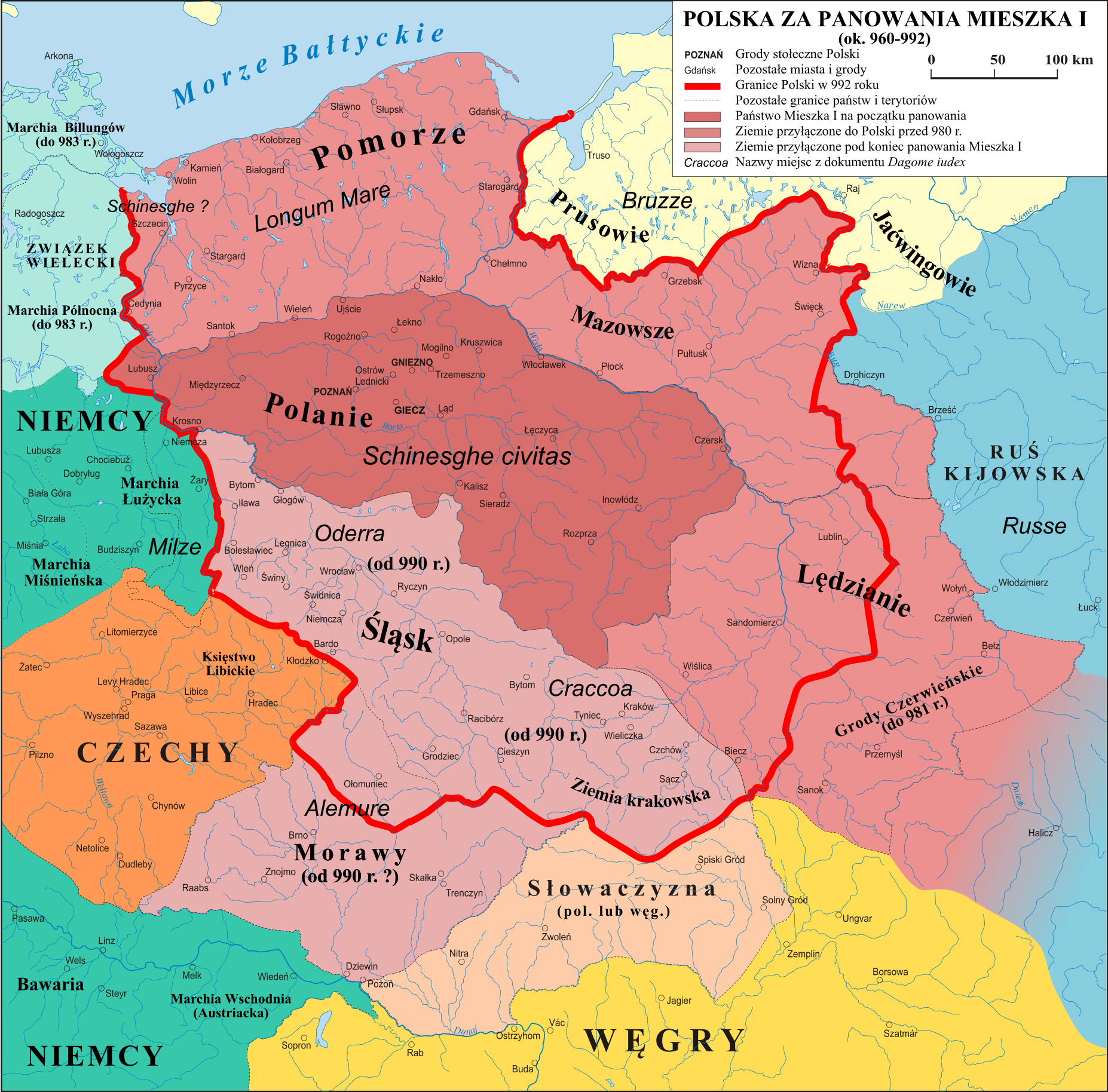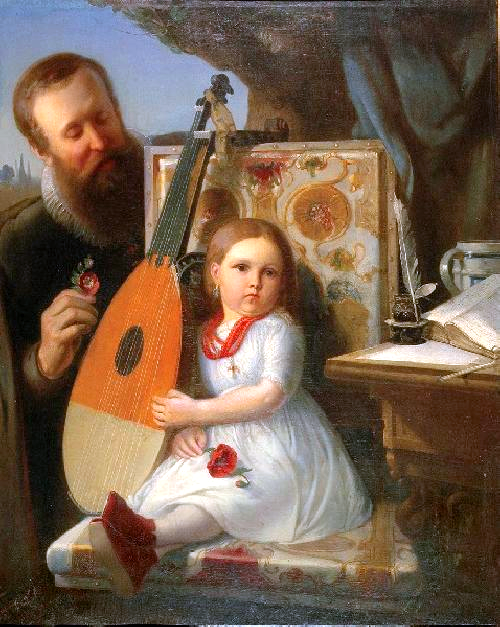|
History Of Poland
The history of Poland spans over a thousand years, from Lechites, medieval tribes, Christianization of Poland, Christianization and Kingdom of Poland, monarchy; through Polish Golden Age, Poland's Golden Age, Polonization, expansionism and becoming one of the largest Polish–Lithuanian Commonwealth, European powers; to its Partitions of Poland, collapse and partitions, two world wars, Polish People's Republic, communism, and the restoration of democracy. The roots of Polish history can be traced to Ancient history, ancient times, when the territory of present-day Poland was inhabited by diverse ethnic groups, including Celts, Scythians, Sarmatians, Slavs, Balts and Germanic peoples. However, it was the West Slavs, West Slavic Lechites, the closest ancestors of ethnic Polish people, Poles, who established permanent settlements during the Early Middle Ages. The Lechitic Polans (western), Western Polans, a tribe whose name denotes "people living in open fields", dominated the re ... [...More Info...] [...Related Items...] OR: [Wikipedia] [Google] [Baidu] |
Lechites
Lechites (, ), also known as the Lechitic tribes (, ), is a name given to certain West Slavs, West Slavic tribes who inhabited modern-day Poland and eastern Germany, and were speakers of the Lechitic languages. Distinct from the Czech–Slovak languages, Czech–Slovak subgroup, they are the closest ancestors of ethnic Polish people, Poles and of Pomeranians (Slavic tribe), Pomeranians, Lusatians and Polabians. History According to Polish legend, Mieszko I inherited the ducal throne from his father who probably ruled over two-thirds of the territory inhabited by eastern Lechite tribes. He united the Lechites east of the Oder (Polans (western), Polans, Masovians, Pomeranians (Slavic tribe), Pomeranians, Vistulans, Silesians) into a single country of Poland. His son, Bolesław Chrobry, Bolesław I the Brave, founded the bishoprics at Wrocław, Kołobrzeg, and Kraków, and an archbishopric at Gniezno. Bolesław carried out successful wars against Bohemia, Moravia, Kievan Rus' and L ... [...More Info...] [...Related Items...] OR: [Wikipedia] [Google] [Baidu] |
West Slavs
The West Slavs are Slavic peoples who speak the West Slavic languages. They separated from the common Slavic group around the 7th century, and established independent polities in Central Europe by the 8th to 9th centuries. The West Slavic languages diversified into their historically attested forms over the 10th to 14th centuries. Today, groups which speak West Slavic languages include the Poles, Czechs, Slovaks, Silesians, Kashubians, and Sorbs. From the ninth century onwards, most West Slavs converted to Roman Catholicism, thus coming under the cultural influence of the Latin Church, adopting the Latin alphabet, and tending to be more closely integrated into cultural and intellectual developments in western Europe than the East Slavs, who converted to Eastern Orthodox Christianity and adopted the Cyrillic alphabet. Linguistically, the West Slavic group can be divided into three subgroups: Lechitic, including Polish, Silesian, Kashubian, and the extinct Polabian and Po ... [...More Info...] [...Related Items...] OR: [Wikipedia] [Google] [Baidu] |
Renaissance In Poland
The Renaissance in Poland ( , ; ) lasted from the late 15th to the late 16th century and is widely considered to have been the Golden Age of Polish culture. Ruled by the Jagiellonian dynasty, the Crown of the Kingdom of Poland (from 1569 part of the Polish–Lithuanian Commonwealth) actively participated in the broad European Renaissance. The multinational Polish state experienced a period of cultural growth thanks in part to a century without major wars, aside from conflicts in the sparsely populated eastern and southern borderlands. The Reformation spread peacefully throughout the country (giving rise to the Polish Brethren), and living conditions improved, cities grew, and exports of agricultural products enriched the population, especially the nobility (''szlachta''), who gained dominance in the new political system of Golden Liberty. Overview The Renaissance movement, whose influence originated in Italy, spread throughout Poland roughly in the 15th and 16th century. Many I ... [...More Info...] [...Related Items...] OR: [Wikipedia] [Google] [Baidu] |


